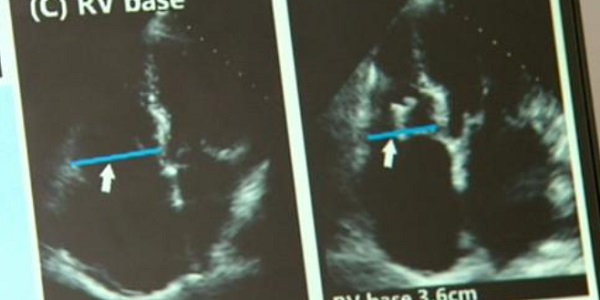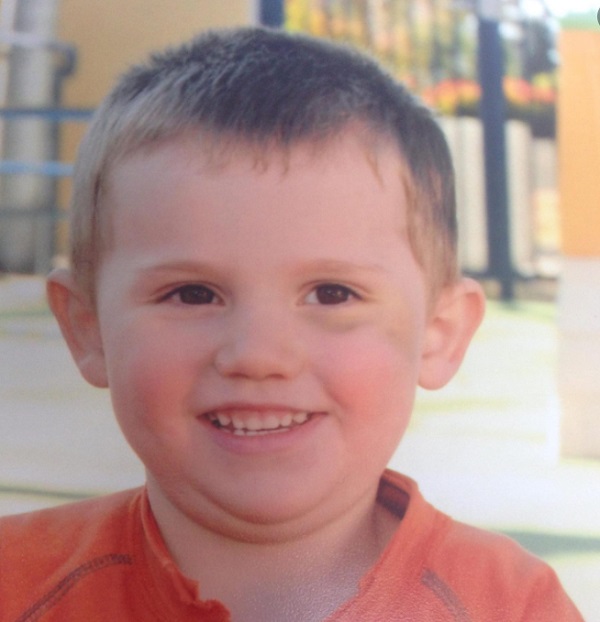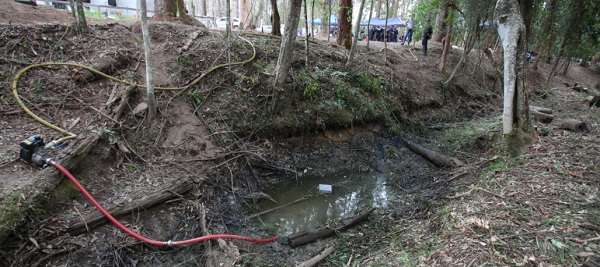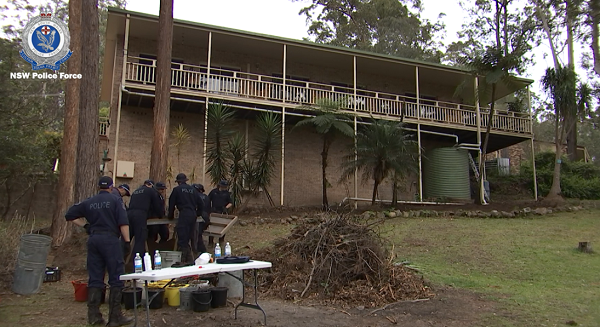Selected
- Details
- Written by Grant Broadcasters
- Category: Selected
- Hits: 133

On Saturday, it was announced five men and four women had been diagnosed in Binjari, about 330km south of Darwin, bring the current cluster to 31 cases.
A woman from Robinson River, 1000km southeast of Darwin, became the sixth person in her community to be diagnosed.
All are Indigenous Territorians aged between 17 and 78.
"This information has only just come in this evening and tracing and all other work is happening now," Chief Minister Michael Gunner said via social media on Saturday.
"Significant work will continue overnight, and we will provide more detail on all the cases and any new cases tomorrow".
The outbreak was triggered by a 21-year-old infected woman who illegally entered the NT in late October after contracting the virus in Victoria and lying on her border entry form.
Meanwhile, unvaccinated travellers will no longer be able to enter the NT from Monday, under sweeping changes to the territory's border rules.
The only exception will be essential personnel and Territorians returning from jurisdictions where COVID is not present, called green zones.
Fully vaccinated arrivals from red zones where the virus is present will be able to quarantine at home for seven days.
But they will need to have a rapid antigen test upon arrival in the NT and return a negative PCR test within 72 hours.
They must also get re-tested five, eight and 14 days after leaving quarantine and stay in a high vaccination zone away from aged care facilities and remote communities.
The home quarantine requirement is scheduled to end on December 20 with rapid antigen testing extended to all arrivals.
© AAP 2021
- Details
- Written by Grant Broadcasters
- Category: Selected
- Hits: 154

NSW has again recorded no new coronavirus deaths, as vaccination rates continue to climb and hospitalisation rates fall.
Some 182 new cases were reported on Saturday, 34 less than the number reported on Friday.
The number of people seriously ill with the virus continues to dwindle, with 191 people hospitalised with the virus, 28 of them in intensive care.
Meanwhile, the state is inching closer to the 95 percent mark for first dose vaccinations, with 94.3 percent of residents over 16 having stepped forward for at least one jab and 91.7 percent for two doses.
Of the 12 to 15-year-old age group, 74.9 percent are fully vaccinated and 80.9 percent have received at least one vaccine.

It comes as a senior government minister Victor Dominello suggested QR codes could soon be retired in lower-risk settings like coffee shops and shopping centres.
"If the vaccination rates maintain a high trajectory and we see lower case numbers, we can retire them in low-risk settings but as we've seen in Europe you might need to turn them back on," Mr. Dominello said.
He said, "A high-risk setting would be going into a retirement village or a nursing home where clearly there will be a need for check-ins for not just the immediate future but the foreseeable future."
The government is also considering requirements for close contacts of COVID-19 cases, to avoid schools opening and closing.
Premier Dominic Perrottet said the crisis cabinet, now called the COVID Economic Recovery Committee, will review the issue next week.
"There will be positive cases in schools, but we don't want to close them for a substantial period of time," he said.
The Premier said, "I don't want kids sitting at home. I want them in the classroom."
- Details
- Written by Grant Broadcasters
- Category: Selected
- Hits: 130

Until now, performing keyhole heart valve replacement surgery was a bit like trying to cook the perfect steak, says the Australian doctor who has revolutionised the procedure.
The delicate operation relied heavily upon experience and instinct, as surgeons had to find the "sweet spot" when inflating the valve to make sure they had the correct level of pressure.
If they under-deployed by a few MLS, they ran the risk of the valve leaking but if they used too much pressure it could rupture the aorta and the patient would most likely die on the table.
The methodology was insufficiently reliable to say the least.
"An analogy for this would be like cooking steak at home," said Professor Martin Ng, the Aussie doctor whose team has come up with a solution to the problem.
"Sometimes you get a great result but other times your steak might be under-or over-cooked.' he said
Prof. Ng said "This leads to variation in patient outcomes.
"Prior to this pressure-regulated valve deployment technique being developed, studies showed more than half of patients undergoing the surgery had a leak that was at least mild in severity." he said.

One in every 150 to 200 patients suffered a catastrophic rupture of the aorta on the operating table.
Ng and his colleagues at MQ Health, the medical research arm of Macquarie University, discovered there is a science to the "sweet spot".
"Once we knew the optimal wall tension for deployment, we were able to provide a recommendation for the optimal pressure for each size of valve one wishes to deploy," Prof. Ng explained.
"By controlling the optimal pressure for deployment, we provide a new level of precision for this important procedure," he said.
Since developing the new method, the rate of even a mild leak is down to one in eight and there have been no cases of aortic rupture in 330 consecutive surgeries.
"Our technique makes deployment of valves at the border zone very simple and with excellent results." Prof. Ng said
Images: Macquarie University Facebook
- Details
- Written by Grant Broadcasters
- Category: Selected
- Hits: 165

The renewed search for the remains of missing three-year-old William Tyrrell continues as police focus on an area of bushland near where the child disappeared on the NSW mid-north coast.
Investigators dug up and raked through dirt and drained a shallow creek in an area of bush a kilometre from the Kendall property where William was last seen seven years ago.
A piece of fabric was collected from the creek-bed and placed in an evidence bag on Friday, the fifth day of the new search.

On Thursday, Australian Federal Police officers brought in ground-penetrating radar to scan a concrete slab at the property that belonged to the boy's foster grandmother.
The slab was laid after he disappeared.
But on Friday morning police confirmed results from the slab had not furthered the investigation.
It comes after Strike Force Rosann officers investigated theories William may have fallen from a balcony at the property.

Earlier this week police also seized a Mazda that previously belonged to the foster grandmother, who has since died.
Police also charged the boy's former foster parents over an unrelated alleged assault on a different child.
The pair are due to face court at Hornsby on Tuesday.
The findings of a coronial inquest into William's disappearance, which concluded last year, are yet to be handed down.
A $1 million reward for information on the case still stands.
Images: NSW Police
Page 120 of 191